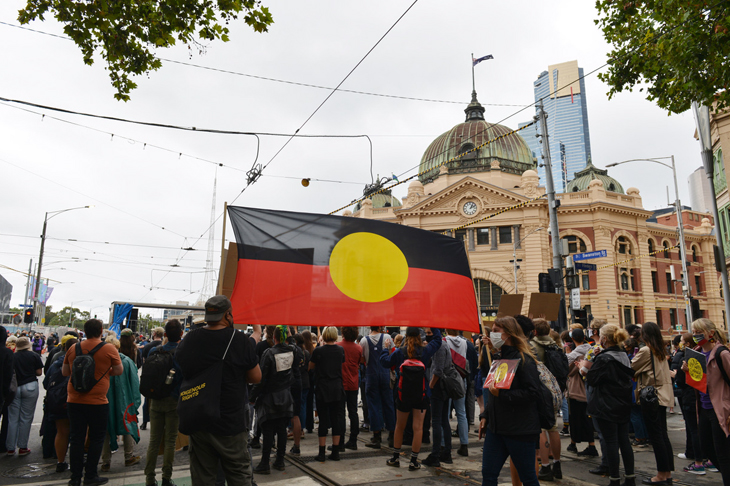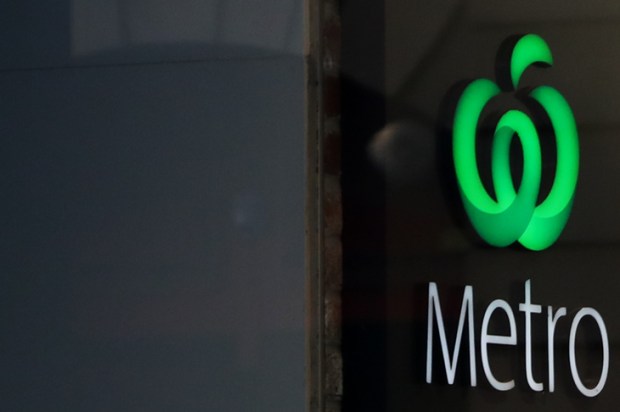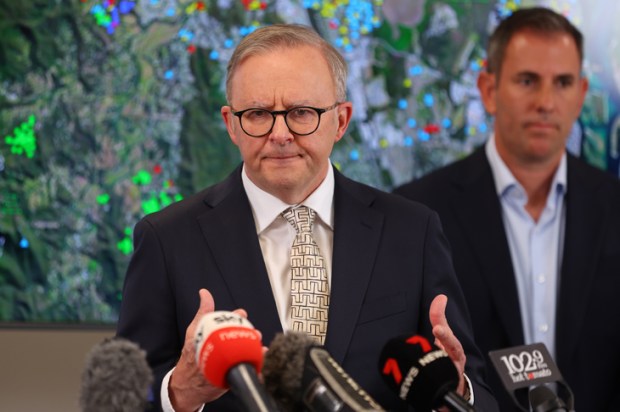Whose Voice? And who stands to benefit? Quite apart from the moral, legal and constitutional questions raised by the Albanese government’s proposed referendum on an Aboriginal Voice to parliament, which of the varied (and often conflicting) indigenous agendas will it promote? Will it be that of the activists from what the latest Census describes as the ‘urbanised’ four out of every five of the 3.7
Already a subscriber? Log in
Subscribe for just $2 a week
Try a month of The Spectator Australia absolutely free and without commitment. Not only that but – if you choose to continue – you’ll pay just $2 a week for your first year.
- Unlimited access to spectator.com.au and app
- The weekly edition on the Spectator Australia app
- Spectator podcasts and newsletters
- Full access to spectator.co.uk
Or
Unlock this article
You might disagree with half of it, but you’ll enjoy reading all of it. Try your first month for free, then just $2 a week for the remainder of your first year.














Comments
Don't miss out
Join the conversation with other Spectator Australia readers. Subscribe to leave a comment.
SUBSCRIBEAlready a subscriber? Log in